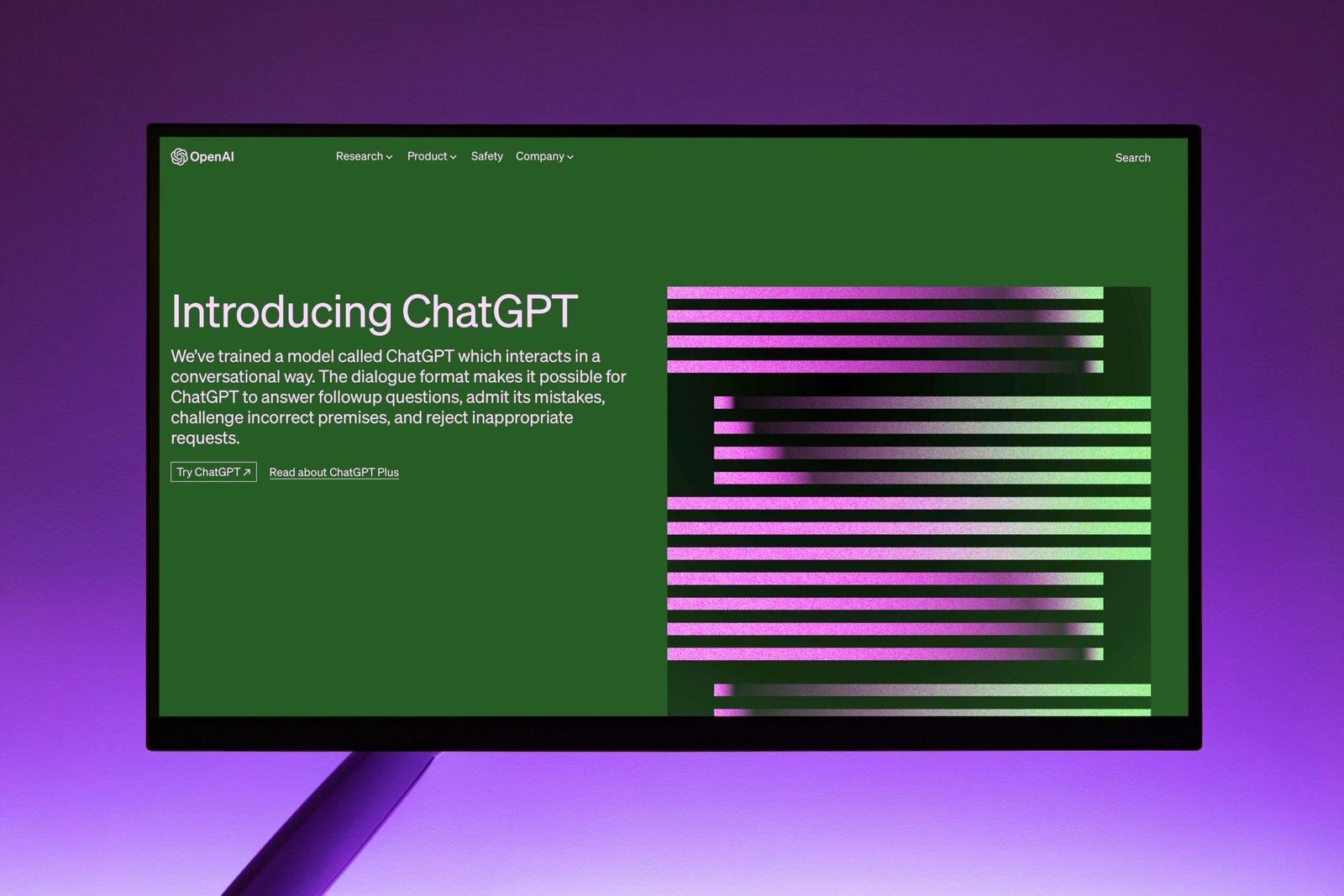
Understanding Language Models: How Tools Like ChatGPT, Claude, and Gemini Respond to Inputs

Introduction to Language Models
Language models are sophisticated computational systems designed to generate and comprehend human language. They utilize extensive datasets and algorithms to learn patterns, semantics, and structures inherent in language. At their core, these models rely on neural networks, which are computational frameworks inspired by the human brain. Through layers of interconnected nodes, neural networks process vast amounts of text, discovering and refining the relationships between words and phrases.
The development of language models is rooted in machine learning principles, whereby systems learn from examples rather than being explicitly programmed. These models are trained using a method called supervised learning, where they are fed labeled datasets consisting of input-output pairs. Over time, they adjust their parameters to minimize errors in predicting outputs based on given inputs. With the advent of massive datasets and increased computational power, language models have evolved substantially since their inception.
Early models, such as n-grams, relied on simple statistical techniques to predict the next word in a sentence based on the preceding words. However, as the field progressed, innovations introduced more complex architectures, notably recurrent neural networks (RNNs) and later, transformers. The transformer architecture has propelled the recent advancements in language models, allowing for improved contextual understanding and scalability. Today, models like ChatGPT, Claude, and Gemini represent the culmination of years of research, integrating sophisticated mechanisms for maintaining context and generating coherent text across diverse topics.
This exploration of language models is crucial, as understanding their workings can help elucidate how they respond to input and generate text. As we delve deeper into specific models, the impact of these technologies on communication, content creation, and various applications in society will become increasingly evident.
How Language Models Process Inputs
Language models, such as ChatGPT, Claude, and Gemini, utilize intricate mechanisms to process user inputs effectively. Initially, the process begins with tokenization, whereby input text is divided into smaller units, or tokens. This tokenization enables the models to analyze and comprehend each element of the input without losing the overall context. The understanding of these tokens is crucial as it allows the models to generate coherent and relevant responses based on the user’s inquiries.
Context understanding is another vital aspect of how language models function. When the model receives an input, it assesses not only the tokens but also their relationships within the provided context. This capability to grasp context allows language models to discern nuanced meanings, making them more effective in conversation. For instance, the semantic relationships between words, phrases, and their respective positions contribute significantly to the models’ interpretation of a query and their eventual response formation.
The structure of the prompt significantly influences the quality and relevance of the generated output. Well-crafted prompts can lead to more accurate and contextually appropriate responses, while poorly structured inputs may yield results that are vague or off-mark. Understanding how to construct prompts effectively plays a crucial role for users aiming to interact successfully with these advanced language models.
Moreover, the training data serves as the foundation upon which models like ChatGPT, Claude, and Gemini build their understanding of language and context. These models are trained on vast and diverse datasets that encompass different writing styles, contexts, and domains. The richness of this training enables them to synthesize responses that reflect a balance between creativity and adherence to linguistic norms. Each interaction with users thus becomes an opportunity for the models to provide insightful, relevant, and context-aware outputs.
Factors Influencing Model Behavior
Language models, such as ChatGPT, Claude, and Gemini, generate outputs based on a multitude of factors that intricately shape their behavior. One of the primary determinants is the diversity and quality of their training data. These models are trained on vast datasets comprising text from various sources; thus, a richer and more varied dataset enables the model to learn language patterns more effectively. Conversely, limited or biased training data can lead to skewed outputs that reflect those limitations.
Another critical component is the architecture of the model itself. Different architectures may have unique strengths and weaknesses that influence how they comprehend user inputs and generate responses. Innovations in model design, including attention mechanisms and transformers, have improved the ability to understand context in language, creating more relevant and precise outputs. Furthermore, the way a user prompts the model greatly impacts the responses received. Specific, clear prompts typically yield more accurate answers. In comparison, vague or ambiguous inputs can lead to unpredictable responses.
External elements also play a role in model behavior. For instance, the implementation of ethical guidelines is essential in shaping how language models respond to sensitive topics. Bias present in the training data can inadvertently cause a model to produce biased outputs. As a result, developers actively engage in refining training data and adjusting algorithms to mitigate these risks. Techniques such as bias detection and correction, along with user feedback mechanisms, are also employed to enhance the models’ ability to produce fair and unbiased content. By addressing these factors collectively, language models strive for improved interactions and more responsible outputs.
Comparative Analysis of ChatGPT, Claude, and Gemini
In the realm of artificial intelligence, language models play a pivotal role in how machines understand and generate human language. Among the leading models are ChatGPT, Claude, and Gemini, each offering unique features and capabilities that cater to various users’ needs. Understanding their differences and similarities can greatly assist individuals and businesses in selecting the most appropriate model for their objectives.
ChatGPT, developed by OpenAI, is renowned for its conversational fluency and versatility. It excels in generating human-like text across a broad spectrum of topics, making it suitable for applications ranging from customer support to creative writing. Its continual updates enhance its ability to adhere to context and maintain coherent dialogues. However, one challenge lies in its occasional generation of misleading information, requiring users to exercise discernment when interpreting its outputs.
In contrast, Claude, created by Anthropic, emphasizes safety and ethical considerations in its design. This model is built with an intention to mitigate bias and produce safer content. While its conversational abilities are commendable, Claude often prioritizes accuracy over extensive creativity, making it a preferred choice for scenarios where factual correctness is paramount. Its limitations may surface when users seek imaginative or nuanced responses.
Gemini, developed by Google DeepMind, represents an advanced integration of multimodal capabilities. This model can handle text, images, and other data formats, offering users a richer interactive experience. Gemini’s strengths lie in its versatility and ability to synthesize information from varied sources, which makes it invaluable in research-heavy tasks. However, it may not possess the same conversational depth as ChatGPT or the safety features of Claude.
In summary, while ChatGPT excels in generating fluency and creativity, Claude stands out for its ethical focus, and Gemini offers unparalleled multimodal interaction. Selecting the right language model thus depends on the specific needs and priorities of the user, ensuring optimal outcomes in communication and task execution.